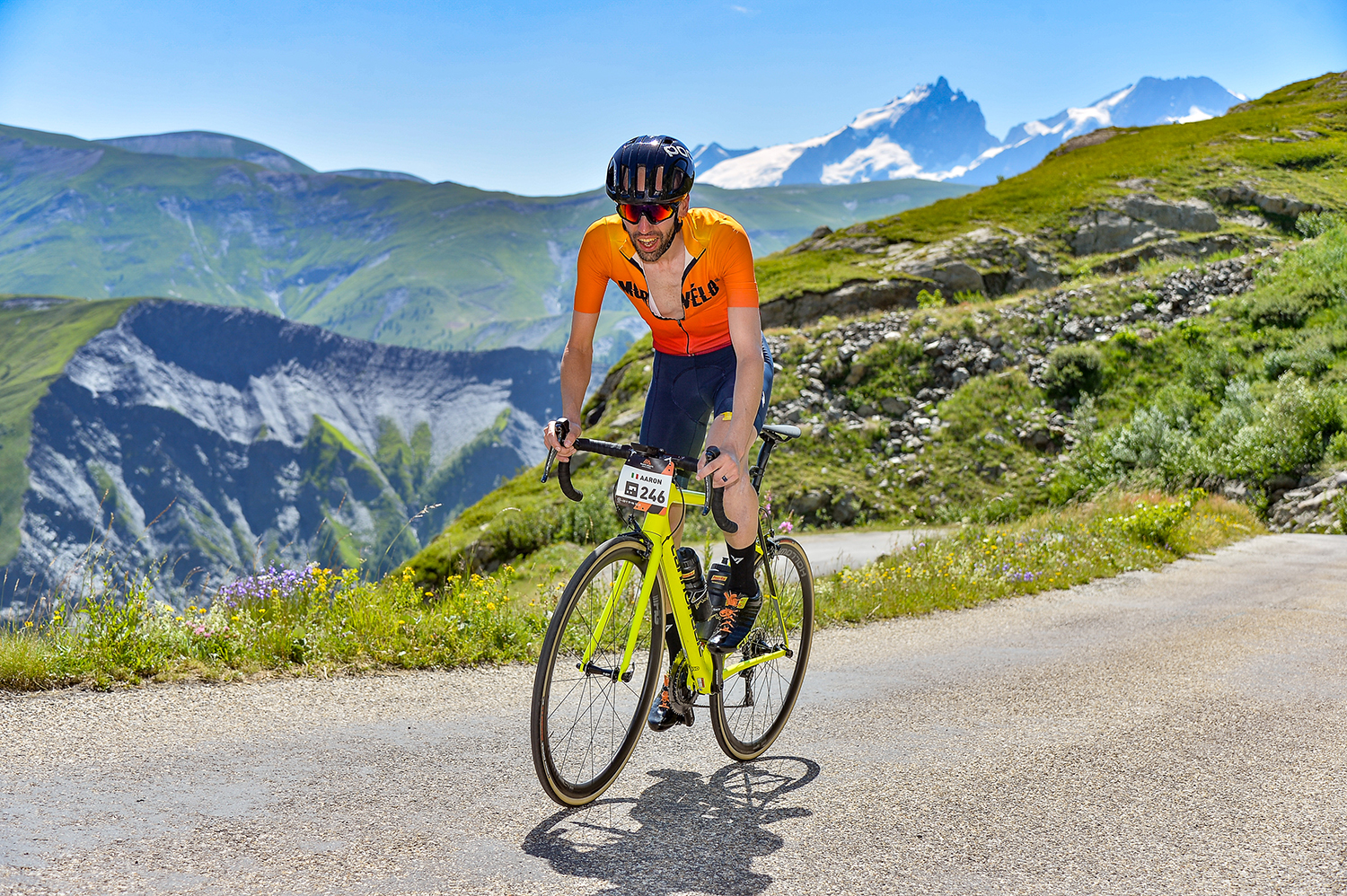Early Verdict
An achingly beautiful yet painfully pricey🌞 upgrade that's hard to justify ov🐎er a regular pulley wheel system
Pros
- +
Beautifully designed derailleur cage and 𒉰3D-printed pulley wheels
- +
Ceramic bearings
- +
Easy installation
- +
Options for most derailleur designs
Cons
- -
Ridiculously expensive
You can trust Cyclingnews Our experts spend countless hours testing cycling tech and will always share honest, unbiased advice to help you choose. 168澳洲5最新开奖结果:Find out more about how we test.








The CeramicSpeed oversized pulley wheel (OSPW) system is not a particularly new concept having been brought to life by the Danish be✅aring manufacturer back in 2015. Since then it's garnered a significant following, particularly in tꦚhe elite and professional ranks where marginal gains have become a way of life.
This iteration of this OSPW system - the 3D-printed Ti - has ramped💙 things up quite significantly in terms of visual clout, materials used in its assembly and the 3D manufacturing process. But, at €1,500, it costs three times as much as the 'regular' €499 version which is essentially the same product sans the fancy jockey wheels and coated ceramic bearings.
Regardless of⭕ the exorbitant sticke🍰r price, however, few can dispute it's an achingly beautiful piece of engineering. We take a closer look at what makes it tick, erm, spin.
- 168澳洲5最新开奖结果:Road bike groupsets: a comprehensive guide
- 168澳洲5最新开奖结果:Shimano road groupsets explained
- 168澳洲5最新开奖结果:SRAM road groupsets: range, details, pricing and specifications
- 168澳洲5最新开奖结果:Campagnolo groupsets explained
Design and aesthetics
So what's in the box? Well, the Danish brand is all about theatre and its products and packaging reflect this notion - take the 168澳洲5最新开奖结果:CeramicSpeed Driven concept for example. As the halo offering in the OSPW portfolio, the 3D-printed Ti is presented in a more sophisticated boxset than the regular models, where a premium matte-clad packaging design complete with emboss-varnished CS insignia take centre stage. It's all very refined. Lift the magnetised box lid and you'll find the OSPW sysᩚᩚᩚᩚᩚᩚᩚᩚᩚ𒀱ᩚᩚᩚtem as well as a small bottle of pulley wheel oil nestled within the foam cut-out.
The CeramicSpeed 3D-printed Ti OSPW system pictured here was sent to us for photography purposes only - we, unfortunately, won't be sampling this piece of bicycle exotica based purely on its value but that's okay as included in the delivery was the 'cheaper' €539 version which we are allowed to physically test. The differences between the Ti and regular OSPW are subtle - both versions utilise the same mottled polyamide-carbon-fibr🗹e derailleur cage design but differ by way of the pulley wheel design and bearing treatment.
Closer inspection reveals its hallmark feature: the rather ornate 3D-printed titanium pulley wheels. Like the other (Shimaℱno-compatible) models in the range, the pulley wheel arrangement comprises a 13T upper and 19T lower wheel - which is by far the most spectacular-looking design in the range. The size ratio of pulley wheels differs from manufacturer to manufacturer based on stock derailleur geometry and cycling discipline.
- First eRacing pro team partner with CeramicSpeed
- CeramicSpeed's new UFO Drip lube drops price, improves efficiency, speed

Is bigger really better?
Of all the companies dabbling in this dark art, CeramicSpeed is at the forefront of contemporary ceramic bearing technology and has invested heavily in R&D claiming the OSPW upgrade can provide energy savings starting from 2.4 watts over standard systems. While many pundits have been quick to dismiss these claims, CS OSPW systems can be found on the Factor bikes of Israel Start-Up Nation, the Wiliers of Astana-Premier Tech as well as the Canyons of the world's first professional 168澳洲5最新开奖结果:indoor cycling team Canyon Esports, p🐼roving there are tangible benefits to be had.
According to CeramicSpeed the 13T upper and 19T lower pulley wheel configuration not only reduces chain-link articulation but also thwarts friction in the derailleur by 40–60% when compared to the standard pulley wheels. That's quite a claim so why don't more pro outfits use it not to mention esteemed drivetrain manufacturers such Shimano, SRAM and Campagnolo produce such systems? Well, that could come down t🐷o a number of reasons ranging from drivetrain sponsorship agreements of professional teams to incompatibility issues and manufacturer priorities.
In terms of weight, the 3D-printed Ti OSPW tips the s﷽cales at 76g, which is around 30g heavier than a stock Shimano Dura-Ace R9170 Di2 twin-11T pulley wheel system (46g). The longer cage does allow you to fit a bigger cassette - up to 🦩32T - which does offset the weight penalty to a certain degree.
Early impressions
There's no denying the premium nature of CeramicSpeed's 3D-printed Ti OSPW syst♔em - for practically the same money you can purchase a complete Shimano Ultegra R8070 Di2 11-speed groupset. In terms of application and pricing, it's not something that wꦯill find favour with recreational or sportive riders but rather those looking to refine and finesse their setup in a quest to unlock every last watt. And while this relegates its appeal to a small portion of the market, if it's status and watt savings that you're after the 3D-printed Ti OSPW is just for you.
Over the coming months, we'll be putting the cheaper-yet-still-very-costly €539 coated version (which uses a unique coating formula that covers the bearing races and makes them 75% harder than steel) to the test in a bid to ascertain whether or no🎶t it can provide any tangible benefits to the riding experience. Impressions to follow soon.
Tech specs: CeramicSpeed 3D-printed Ti OSPW system (Shimano 9100/8000)
- Price: £1,350 / €1,500 / $1,830
- Weight: 76g
- Construction: Titanium pulley wheels and bolts, polyamide-carbon-fibre cage
- Claimed power saving: Up to 2.4 watts
- Warranty: Six years

